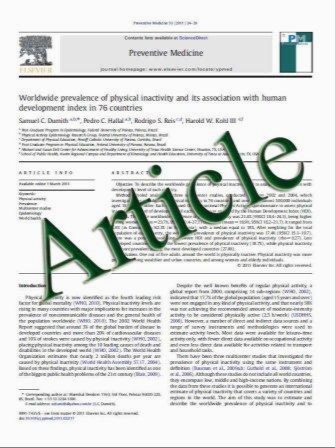Extramasticatory dental wear reflecting habitual behavior and health in past populations
- نوع فایل : کتاب
- زبان : انگلیسی
- مؤلف : Petra Molnar
- چاپ و سال / کشور: 2010
Description
In skeletal remains, teeth are valuable sources of information regarding age, diet, and health. Dental wear is especially helpful in reconstructions of dietary patterns in populations of varying subsistence. In past societies, teeth have also been used as “a third hand” or as a “tool.” The present article examines this type of dental wear and traits attributed to habitual behavior during prehistoric and historic times. Terminology and classification of habitual dental wear are described mainly by appearance, for instance, notching, grooving, cuts, scrapes, and polished surfaces, and their characteristics are illuminated by different case studies. Secondary health effects caused by the extramasticatory use of teeth, such as periapical lesions, tilting, skeletal changes at the temporomandibular joint, chipping, and antemortem tooth loss are also examined. During the examination of extramasticatory dental wear, information should be recorded on morphology, size, frequency, intensity, and location within the dental arch, as well as descriptions and detailed photographic documentation. The advantage of using a low- to medium-resolution microscope in all dental examination is emphasized. By categorizing the wear marks, characteristics are emphasized rather than an exact causing agent. In this way, tentative analogies for the origin of different extramasticatory wear, and consequently for human behavior in the past, can be avoided.
Clin Oral Invest DOI 10.1007/s00784-010-0447-1 Received: 29 April 2010 / Accepted: 1 July 2010


